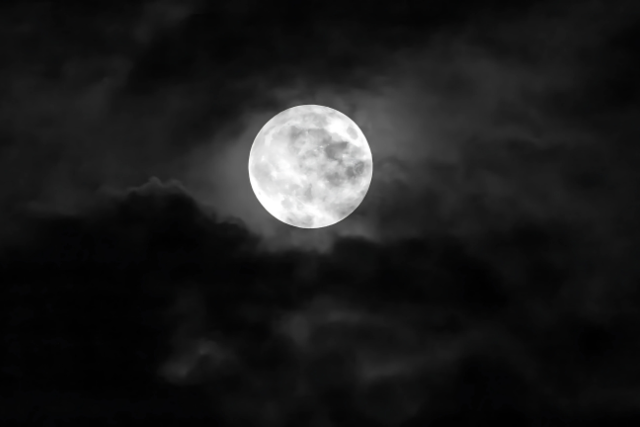
Lunar New Year 2025: Celebrating the Year of the Snake
The Lunar New Year begins on January 29, marking the start of a vibrant cultural celebration that stretches across the globe. As one of the most significant holidays in China, this tradition also has a strong presence in countries like South Korea, Vietnam, and other regions with large Chinese communities. It’s a time for families to come together, reflect on the past, and welcome in a year of prosperity and good fortune.
What is the Lunar New Year?
Lunar New Year, also known as Spring Festival in China, begins with the first new moon of the lunar calendar and continues until the first full moon, lasting 15 days. The festival marks a fresh start, with each new year associated with one of the 12 animals of the Chinese zodiac.
In 2025, we enter the Year of the Snake, which symbolizes a period of transformation, introspection, and growth. This marks a departure from last year’s Year of the Dragon, a time traditionally associated with vitality and energy.
The Lunar calendar operates differently from the Gregorian calendar most commonly used worldwide. Instead of being based on the sun, the lunar calendar follows the moon’s phases, where a month lasts approximately 29.5 days. Because of this, Lunar New Year’s date shifts annually but typically falls between mid-January and early February.
Traditions and Celebrations Across the World
Lunar New Year is celebrated with many cultural customs and festivities that vary across regions, but the common thread is the emphasis on family and togetherness. Some of the key traditions include:
- Family Reunions and Feasts: The New Year’s Eve dinner is the centerpiece, featuring symbolic dishes meant to bring prosperity and good fortune. For example, dumplings shaped like gold ingots are commonly served to invoke wealth and success.
- Exchanging Red Envelopes: It’s a common practice to give red envelopes containing money, often given by elders to younger family members. The color red symbolizes prosperity and good luck.
- Parades and Fireworks: Large-scale celebrations often include parades, fireworks, and dances, such as the famous dragon and lion dances, which bring good luck and drive away evil spirits. In Beijing, a “temple fair” attracts huge crowds, while in Kuala Lumpur, the skies are lit with firecrackers to mark the occasion.
- Decorating with Red and Gold: Homes, businesses, and public spaces are decorated with red lanterns, gold dragons, and other festive symbols that represent wealth, good fortune, and happiness.
The Cultural Significance of Lunar New Year
While Lunar New Year is most famously celebrated in China, it has become a global festival. In Vietnam, it’s known as Tet, and in Korea, the holiday is called Seollal. It’s a time for reflection, celebration, and the expression of hope for a new beginning.
In the United States, cities like Denver have started their own celebrations, complete with traditional dishes, gifts, and decorations. Mimi Luong, co-owner of the Denver gift shop Truong An Gifts, shared with CBS News Colorado that her family celebrates by decorating their home with red and gold, enjoying long noodles for longevity, and eating dumplings for abundance.
Culmination of the Festival: The Lantern Festival
The Lantern Festival marks the grand finale of Lunar New Year celebrations. Across the world, light displays, parades, and cultural performances culminate in this spectacular event. Whether it’s in Zigong, China, or Philadelphia, the Lantern Festival brings the festive season to a close with a brilliant showcase of lights, colors, and culture.
Celebrating the Lunar New Year in 2025
As we welcome the Year of the Snake, we embrace the opportunity for growth and reflection. The Lunar New Year is a time for renewal, a celebration that transcends borders and cultures, uniting families and communities around the world. From the bustling streets of China to the festive parades in New York City, it’s a celebration of tradition, joy, and hope for the future.




































